How to make luxury rigid boxes
Premium rigid boxes are some of the most commonly used and sought after boxes within the luxury packaging industry.
Rigid boxes differ from other boxes in a few key ways; most notably, material thickness, opening/closing experience, and manufacturing methods. Typically rigid boxes are four to five times thicker than traditional folded cartons and have many more options for opening experiences compared to corrugated boxes.
Additionally, the embellishments are printed on a paper that is then wrapped around the outside chipboard. This paper can be used on the outside and inside of the box to give brands more opportunity to display key messaging and graphics throughout the packaging.
Rigid boxes also offer a structural benefit over other types of custom product packaging and this is why they are so common in cosmetics, consumer electronics, wine & spirits, and many other luxury industries that require a more premium product packaging solution.
The rigid box is made up of two main components, a primary chipboard component, which serves as the main structural component of the box, and the wrapping that encases the box, which serves as the place for brand messaging. Once the dimensions of the box have been determined, a large piece of chipboard is die cut and then scored to create the 3D structure or “skeleton” of the box.
During the die cutting of the chipboard, several small die-cut holes are made so magnets can be added to the box in order to house magnetic closures within the box. Adding a magnetic closure is a common feature within luxury packaging that will make the package feel even more luxurious, while also adding a level of security to the box.
You can use below two machines to finished above process
1, the groove machine for scoring
2, Cardboard Corner cutting machine
The second vital component of the rigid box is the wrap by box wrapping machine; the wrap is the thinner, more flexible paper that is cut to match the chipboard’s dimensions. Once the wrap is cut it is applied and glued to the chipboard. The wrap is where the visual and tactile customization of luxury packaging occurs. The paper wrap is then die cut into different sections and applied to the inside and outside of the rigid box so there is no chipboard visible.
A good manufacturer will also engineer the paper wrap so the folded lines and edges of the paper are not clearly visible when the product is displayed in retail. Furthermore, the paper wrap is where the major design embellishments and finishes will be applied, this gives the rigid boxes the custom look and feel which makes them luxurious and unique.
Another benefit of the rigid box is the large accommodation of luxury elements that they can support, such as magnetic closures by magnets insert machine, embossing and debossing , spot varnish, foil stamping by auto hot stamping machine, and other premium printing techniques. Like most things within the packaging industry, these styles are constantly evolving and changing to meet the increasing demands presented by consumers and brands.
Typically, rigid boxes can be separated into two categories, telescoping and hinged. Both of which have their own subcategories.

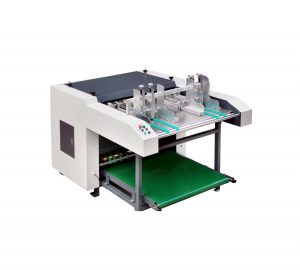
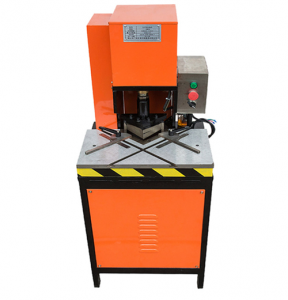
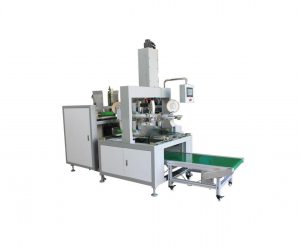
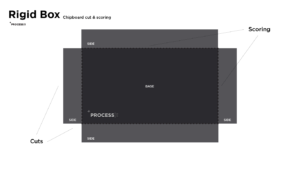
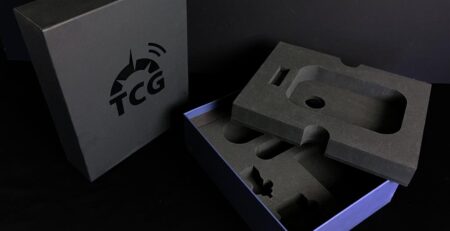
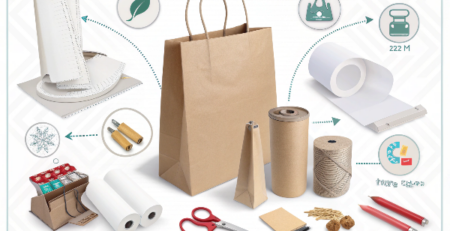
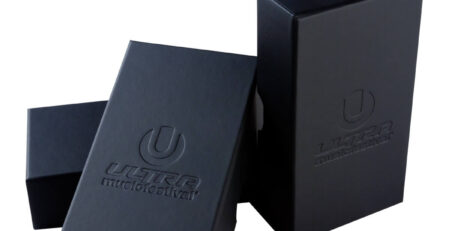
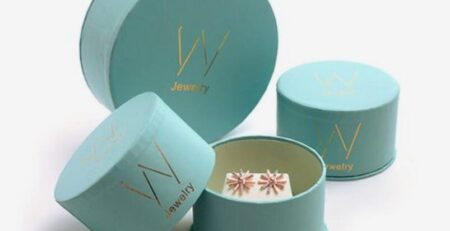
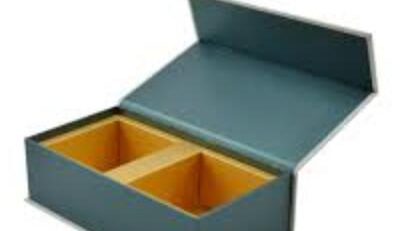
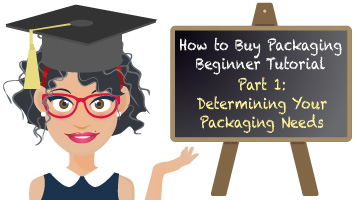

发表回复